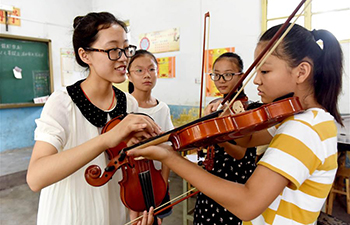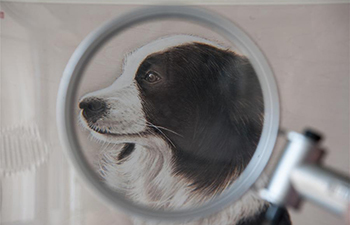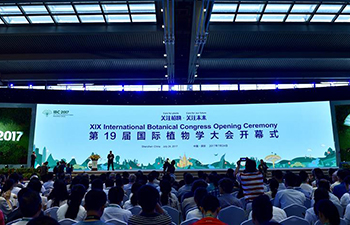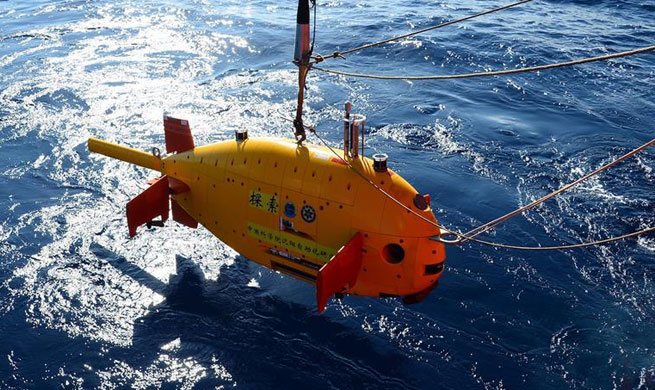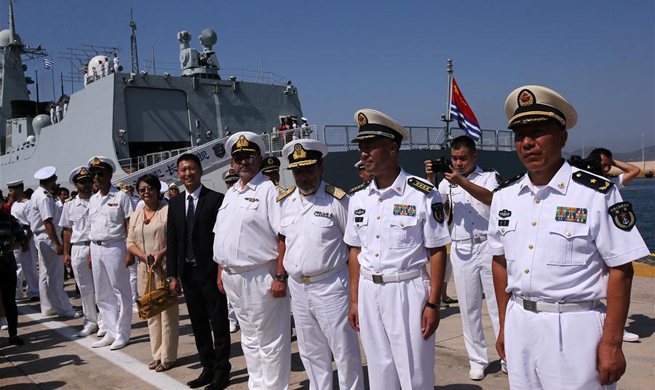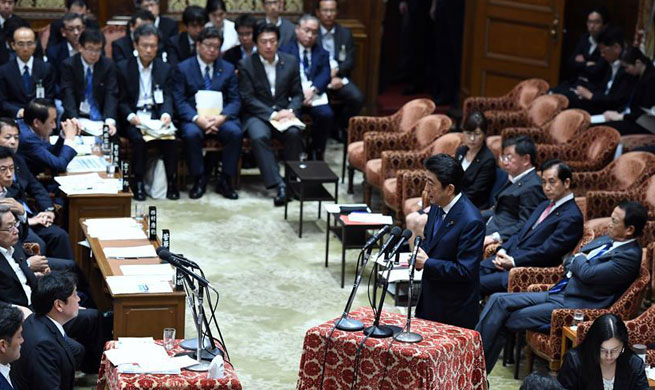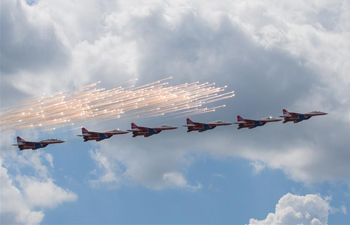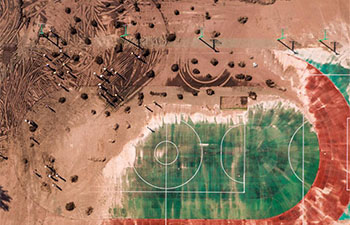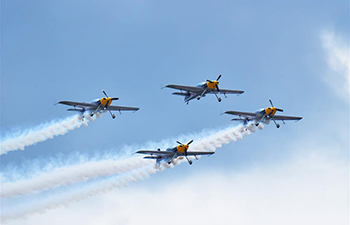SAN FRANCISCO, June 24 (Xinhua) -- A team of computer scientists and engineers at Stanford University are developing the infrastructure to centrally manage autonomous cars and drones.
Believing that autonomous cars and drones will be managed centrally, using applications running in large datacenters, members of the team have formed a new laboratory, called the Platform Lab, to work on infrastructure for new "Big Control" applications.
"We think all these self-driving cars and drones will be controlled not individually, but centrally, in a coordinated fashion," John Ousterhout, faculty director of the lab, was quoted as saying in a news release. "This has the potential to change how society functions on a daily basis."
Most current research into autonomous vehicles assumes a distributed model, namely relatively autonomous devices, controlled in a peer-to-peer fashion with each machine doing its own calculations. The concentrated model under study in Stanford is expected to work much the way the cloud centralized big data.
In the centralized model, the vehicle is merely a tool, or a relatively dumb device fitted with equipment by which to see the road and the skies ahead, to detect obstacles and other vehicles in the way, to provide geolocation and so forth. The gathered data gets transferred back to the cloud and processed en masse by much faster computers able to handle the mathematical demand of keeping track of those millions of vehicles and to plan ways around bottlenecks and hazards to efficiently and safely guide passengers and packages to their many destinations.
About its advantages, according to Ousterhout, first is the ease of creating applications. Writing applications for the distributed model is difficult, since each device has limited information about the state of the world. With the centralized approach, data from all the devices is collected in one place, providing a big-picture view of the world that allows better control of higher-level tasks like system-wide situational perception, decision-making and large-scale traffic planning.
Second, control applications running in datacenters have many more resources available, such as computing horsepower and large back-end datasets, allowing them to implement more sophisticated collaborative behaviors for the devices. In addition, the centralized applications can take advantage of powerful machine learning algorithms, which allow the control system to learn and improve its behavior.
However, not all functions are suited to the centralized model. The Platform Lab foresees that devices will retain local control for things like device stability and near-term collision avoidance. Such control needs microsecond or sub-millisecond response time and must happen on the device.
About possible applications, the team believes that a flock of autonomous drones could be dispatched to assess the situation in a community devastated by earthquake, fire or flood, allowing emergency management to triage from afar; and that in a massive warehouse, 10,000 or more drones could operate indoors, all watched over by cameras and sensors, to monitor, organize and move millions of packages each day.
"From a technology standpoint, it is attractive and easiest to centralize control - to amass data, plan and then disseminate a singular view to all devices," noted Ousterhout.





